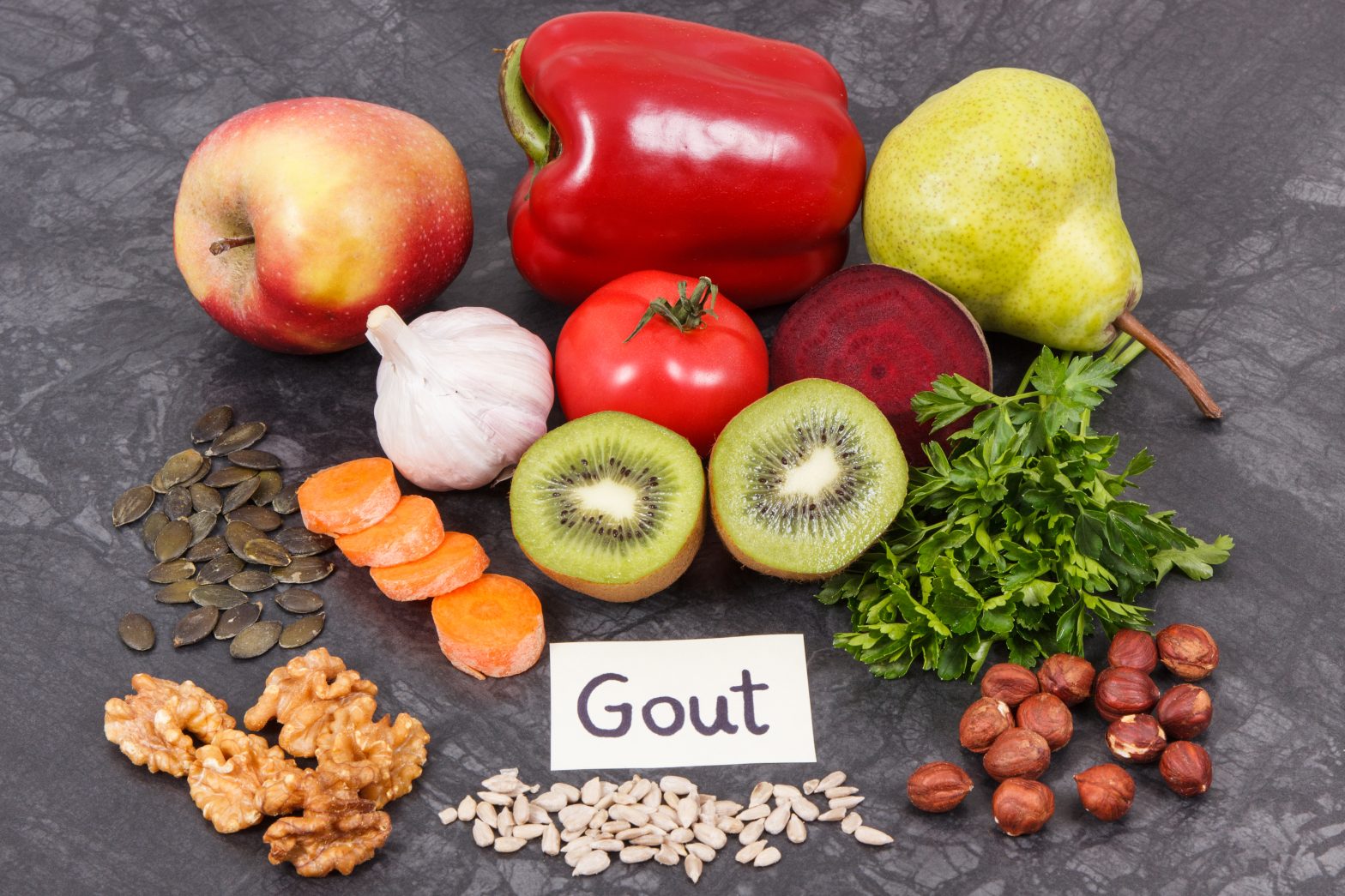Uric acid is the end product from the metabolism of exogenous and endogenous purines in man. Hyperuricemia is a condition where there is too much or not enough uric acid.
Curcumin and Boswellia are a good Natural treatment for Gout: Gout Treatment
What is Gout?
Gout is a relationship that uric acids and gout seem to have a clear connection. Many believe that an elevated plasma level of uric acid indicates the presence or danger of gout.
Gout is a medical condition that causes hyperuricemia (7 mg/dl for men, 6 mg/dl for premenopausal woman, 4 mg/dl for children), recurrent episodes of acute arthritis, and sometimes tophaceous deposits.
Gout attacks can manifest in most cases as monoarticular arthritis. This is usually found in the metatarsus, in the heel, ankle, or instep. This presentation is pathological and can be used to differentiate gout from other forms of arthritis, such as those caused by rheumatism.
In this Channel you will learn all about Gout: Gout Home Remedy
Classification
Gout is classified according to its etiology as primary, secondary, or idiopathic forms. You should remember that not all hyperuricemias are causes for gout. Some don’t last long enough to cause urate deposition. We will therefore stick to the classification for gout.
Gout can have different Symptoms: Gout Symptoms
Primary Gout
This includes both hereditary or idiopathic purine metabolism disorders with hyperproduction uric acids, also known as primary metabolic gout or selective tubular secretion uric Acid. Tubular secretion disorder may be inherited. This defect in tubular secretion does not depend on uricemia. It is also not affected by the renal glomerular level of uric acids. Primary gout is caused by renal hypoexcretion.
Secondary Gout
This also includes cases where the source of hyperuricemia is secondary to other processes. This can be divided into secondary metabolic gout or hyperproduction of the uric acids and secondary renal gout. As occurs in primary gout, secondary gout can be due to hyperproduction of uric acid, either of exogenous origin (hyperproteic and hypercaloric diets), excessive ethanol ingestion or processes with high cellular turnover (such as lympho-myeloproliferative syndromes, anemias with increased erythropoiesis, extensive psoriasis).
In this Pharmacy you will find more Natural Remedies for Gout: Home Remedies For Gout
Secondary gout is most often caused by renal disease. These include diseases that reduce glomerular filtering, tubular secretion, or both. Secondary gout and hyperuricemia are often caused by drugs, particularly diuretics and Cyclosporin-A.
Gout Attack after an acute Episode
It is usually sudden and symptoms and inflammatory signs are often present within 12 to 24 hour. It is accompanied by intense pain, heat, swelling, and functional impotence. Crystallized arthritis is characterized by the presence of erythema. This can mimic phlebitis and cellulitis, also known as “phlemonous” or “phlebitic”. This may be preceded or accompanied by periarticular discomfort known as “gouty aur”. On occasion, anamnesis can indicate the presence of triggering factors, such as abrupt discontinuation of hypouricemic medication, changes in diuretic drug doses, treatment with acetylsalicylic acids, worsening renal function, and dehydration.
The patient may also experience general symptoms such as fever and malaise. The first attack usually only affects one joint (monoarticular), and often involves the podagra or first metatarsophalangeal. Patients with long evolution, chronic gout, or secondary forms of gout are more likely to experience attacks that affect multiple joints (oligo- and polyarticular). Gout generally affects the topographically peripheral joints (metatarsophalangeal, podagra or tarsus), as well as the ankle, knee, and gonagra wrists, fingers, elbows, and, in exceptional cases, the proximal (shoulder, hips or spine).
Gout often appears in the Big Toe: Gout Big Toe
